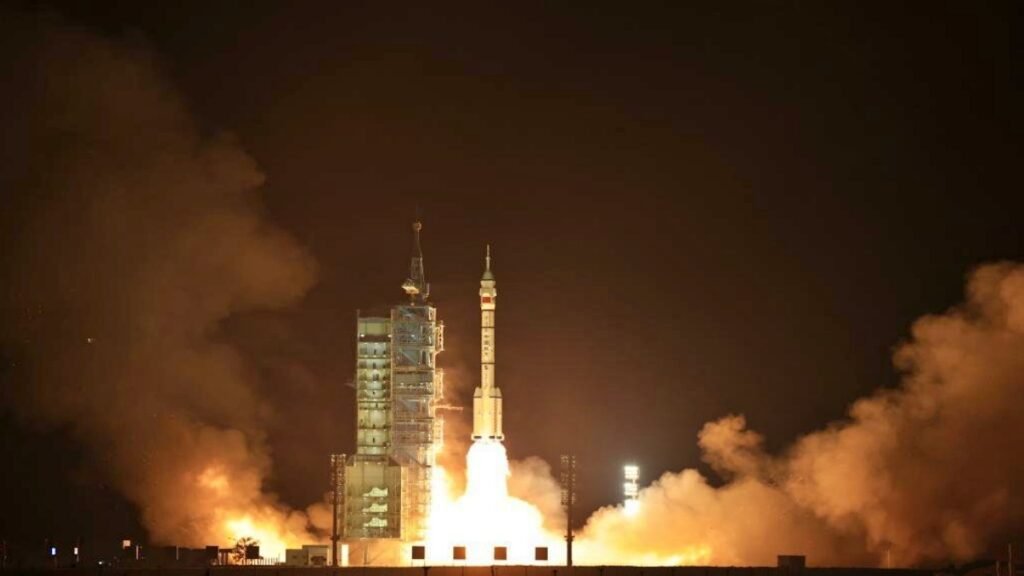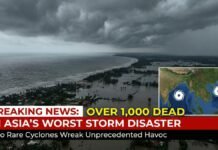
Beijing: China’s space agency, the China Manned Space Agency (CMSA), is gearing up for a significant milestone. The Shenzhou-18 spacecraft, carrying a three-member crew, is set to launch into low Earth orbit from the Jiuquan Satellite Launch Center on Thursday. Here are the key details:
- Mission Objective: The primary goal of the Shenzhou-18 mission is to send astronauts to the Moon by 2030. This ambitious program aims to establish a Chinese presence on our celestial neighbor.
- Astronauts: Ye Guangfu, Li Kang, and Li Guangsu are the three astronauts selected for this historic mission. They will venture into space together for the first time.
- Lift-Off Time: At 8:59 pm local time (UTC+8), the Long March 2F rocket will propel the Shenzhou-18 spacecraft into orbit. The launch site is situated on the edge of the Gobi Desert in northwestern China.
- Space Station Stay: Once in orbit, the crew will dock with the Tianhe core module of China’s Tiangong space station. They are expected to spend approximately six months aboard the station.
- Scientific Objectives: During their stay, the astronauts will conduct a series of scientific experiments, including tests and installing space debris protection equipment. These activities contribute to China’s growing expertise in space exploration.
- International Collaboration: China aims to eventually open its space station to foreign astronauts and space tourists. This move reflects the country’s commitment to global cooperation in space endeavors.
- Historical Context: China made its mark in space exploration by launching its first manned mission in 2003. Since then, it has become the third nation, after the former Soviet Union and the United States, to send humans into space independently.

As the Shenzhou-18 mission unfolds, it represents a significant step toward China’s lunar ambitions and its vision of a crewed research outpost on the Moon in the 2030s. The race to explore space continues, with China playing a prominent role alongside other spacefaring nations.
Advertisement






















































